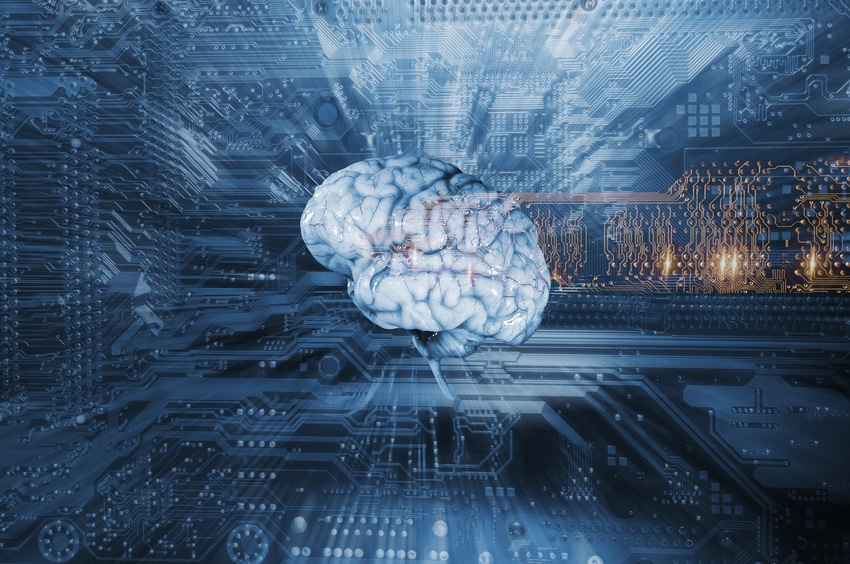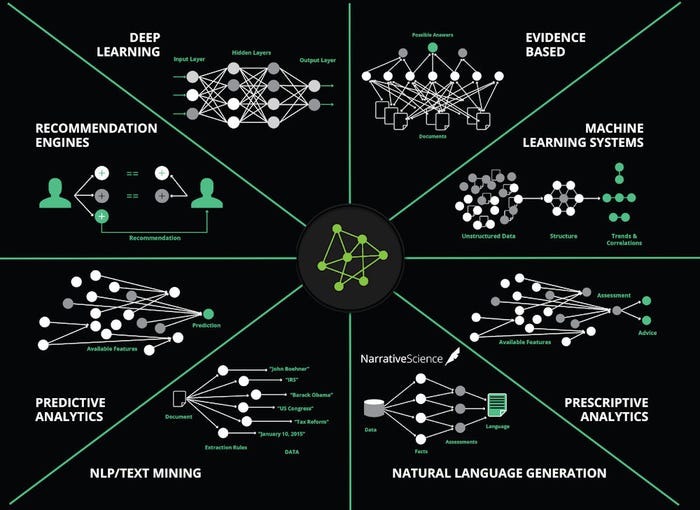62% of in-house IT teams say they’ll be using AI by 2018
Research from Narrative Science claims confusion over the definition of artificial intelligence is holding it back, although 62% of enterprise respondents believe it will be place by 2018.
August 15, 2016

Research from Narrative Science claims confusion over the definition of artificial intelligence is holding it back, although 62% of enterprise respondents believe it will be place by 2018.
Although this is an encouraging statistic, the report also highlights there is confusion over the definition of the technology itself (Check out Narrative Science’s explanation of the different facets of AI at the bottom of the story). 62% of those who contributed to the survey said they were not using AI currently, however later in the survey 88% of the same people were then found to be products or solutions which are under pinned by AI technology. 20% of the respondents highlighted AI wouldn’t be implemented in their organization until there was more clarity on what the technology is, where it fits into the IT function and what the benefits are.
These statistics more than anything else highlight confusion, and ignorance to the artificial intelligence technology which is already present in their day-to-day lives. AI isn’t new, in science fiction movies or in real life. From Siri on Apple devices to Amazon’s recommended purchases or Facebook’s content recommendations, AI has been drip feed into the real-world of technology with few people realizing its impact. The functions mentioned are AI at one of its simplest versions, though IBM has been making progress with its Watson offering moving into more complex arenas, such as medical diagnosis, building management and weather modelling systems.
But what is the real potential of artificial intelligence? According to the report, predictive analytics is the most prominent use-case. 38% of the respondents believe prediction on activity relating to machines, customers or business health is the most relevant use-case. This is one of the more obvious use-cases as there is a direct link to the bottom line, recouping the investment made in the technologies. Whether this is repairs on leased equipment, understanding which customers are most likely to churn or understanding external factors which may impact the supply/demand dynamic, these are all use-cases which impact the bottom line.
These use-cases can also be linked back to the growth of big data and the desire to become more competitive by being more intelligent. The more information a company has access to, the more well-informed decisions become and the risk undertaken is reduced. Dependent on who you speak to the industry is either very good or very bad at using data. The number is almost certainly in the middle, as there is only so many man hours which can be contributed towards the analysis of this data, and data scientists are in-demand.
With the introduction of IoT, increased efficiency in collection and more effective real-time solutions, the tidal wave of information available to an organization will continue to grow. For the investment in data collection, storage and management to be realized, an artificially intelligent solution to comprehend the information and turn it into insight is an alternative, as a human could not stay awake long enough to do the same level of work. To ensure ROI and avoid drowning in the swell of information, artificial intelligence could be critical.
Another area which received attention during the report was automation. This would appear to be low on the agenda currently, though 25% of the respondents felt this was the most important use-case moving forward. One of the myths which have been swirling around artificial intelligence since the release of Terminator is the idea AI will eventually remove the requirement for humans. It’s all very doom and gloom, however AI offers companies the opportunity to take the more mundane, simplistic and repetitive tasks away from employees, to ensure they can focus more time on what would be considered more valuable and critical to the success of the business.
While there still needs to be a focus around what artificial intelligence actually is and what can be achieved through the implementation of such next gen technologies, progress is beginning to be seen. Should cloud computing and 5G be the driving forces towards IoT, to ensure the time and investment is not a waste, assistance from AI driven solutions would appear to be crucial. An AI solution will not (or at least in the near future) make business critical decisions, though the promise of big data is to provide a suitable level of information to ensure businesses are making informed decisions. AI could be the link between information and insight.

About the Author(s)
You May Also Like











_1.jpg?width=300&auto=webp&quality=80&disable=upscale)


.png?width=800&auto=webp&quality=80&disable=upscale)